Creative arts therapies use art, music, movement, drama, and writing to help people deal with emotions and stress. They work when words feel stuck or when traditional talk therapy alone doesn't help. These therapies suit kids, veterans, caregivers, people with chronic illness, and anyone who needs a different way to heal.
What makes creative arts therapies effective is that they tap into nonverbal parts of the brain. Making art or moving to music activates memory, mood, and body awareness at once. That combination can reduce anxiety, help process trauma, and improve mood—often faster than talking alone.
Each modality has a focus. Art therapy uses drawing, painting, or clay to express feelings. Music therapy uses sound, rhythm, or songwriting to change mood and build coping skills. Dance/movement therapy helps with body-based trauma and stress by encouraging safe movement. Drama therapy uses role play and storytelling to practice new responses. Expressive writing gives structure to confusing thoughts.
Clinical studies and reviews report measurable benefits for anxiety, depression, and PTSD when creative arts therapies are added to standard care. Therapists trained in these fields combine clinical goals with artistic methods so sessions stay safe and targeted. A typical plan sets clear aims, like reducing panic attacks or improving social connection, and measures progress over time.
You don't need an art degree to start. Try these simple, evidence-based moves at home: 1) Ten-minute coloring: pick one color and fill a page to calm your mind before bed. 2) Rhythm reset: tap a steady beat for three minutes to slow racing thoughts. 3) Movement check-in: stretch and name three body sensations to reconnect with your feelings. 4) Micro-story: write a 200-word scene about a recent worry, then rewrite the ending with a small win.
If you want professional help, look for a credentialed therapist (Art Therapist, MT-BC for music, LDT/MT, or Board Certified Dance/Movement Therapist). Ask about training, goals, session structure, and whether they work with military families or trauma. If you have TRICARE, check your plan or ask the therapist about in-network options and referrals before scheduling.
Costs and formats vary: individual, group, in-person, or virtual sessions are common. Group sessions can build social support; one-on-one work targets deep trauma. Track simple outcomes—sleep quality, mood ratings, or fewer panic episodes—to see if the approach helps. If progress stalls, mix methods or add talk therapy and discuss medication options with your healthcare provider.
Many people report clearer thinking and fewer physical symptoms after a few weeks of regular creative practice. Keep a simple journal: note days you used an arts technique, rate stress on a 1–5 scale, and record one small improvement. Share those notes with your therapist to guide sessions. If you have mobility limits, ask about adapted methods like seated movement or digital art tools. Creative arts work alongside medical care; discuss any medication changes with your prescribing clinician before making adjustments, and pace yourself.

Discover how creative arts therapies-art, music, drama, dance, and writing-help process emotions, reduce anxiety, and foster healing. Learn the benefits, find a therapist, and start DIY practices today.
Read More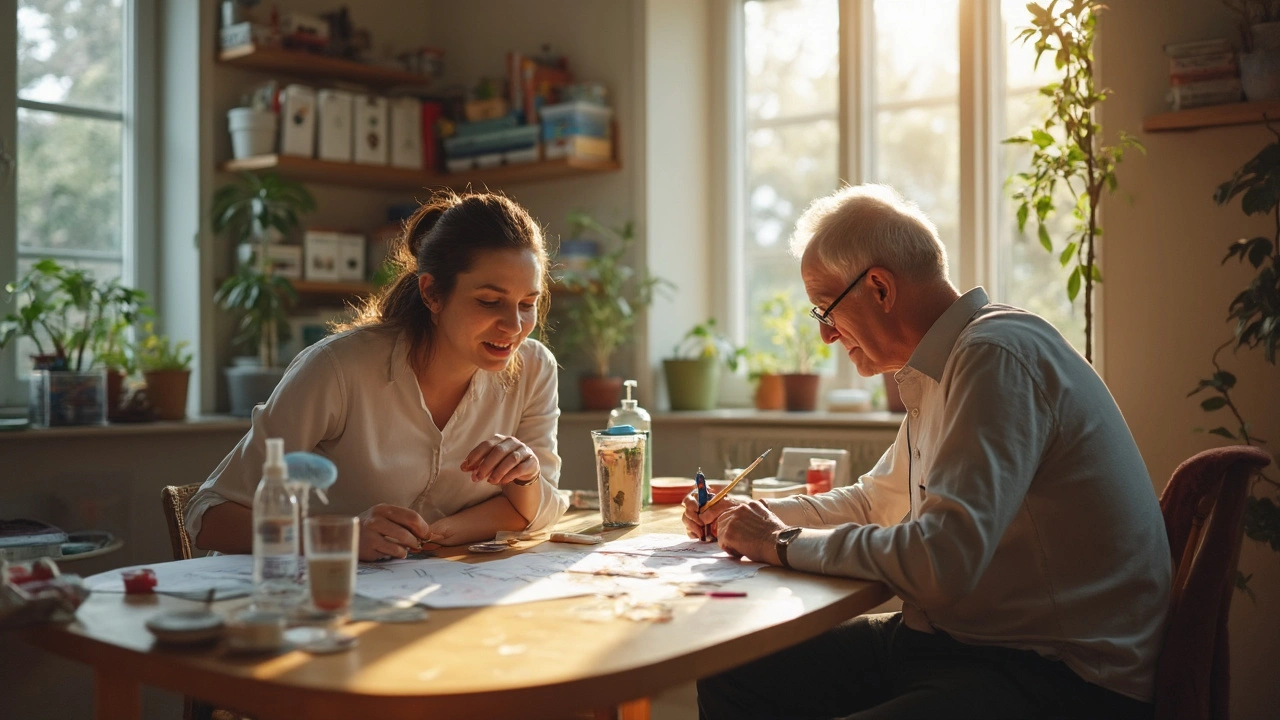
Evidence-based guide to creative arts therapies: what works, simple exercises, 30‑day plan, safety tips, and how to find a therapist in 2025.
Read More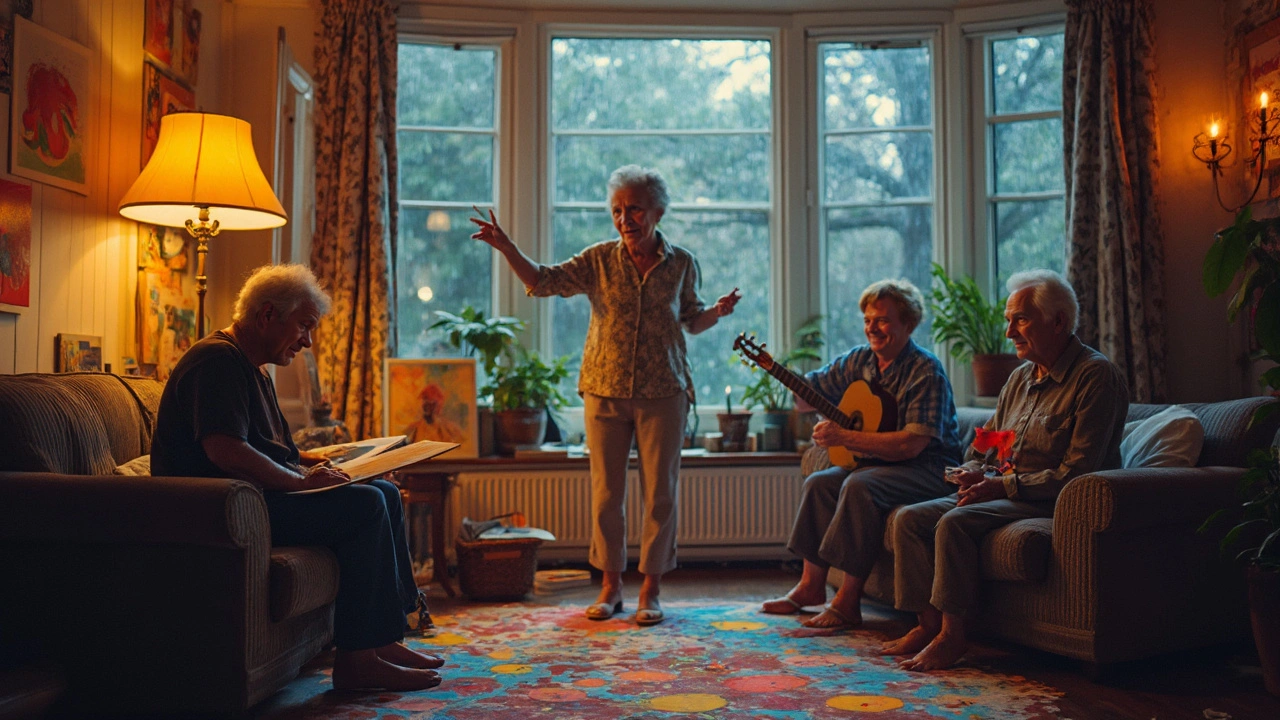
Creative arts therapies are turning into must-have tools for dealing with stress, helping people manage anxiety and boost daily well-being. Art, music, dance, and drama therapy aren't just hobbies—they're proven ways to ease tension and reconnect with yourself. This article shows how these creative therapies work and why they're effective, even if you think you're 'not creative.' You'll get real examples, surprising facts, and step-by-step ideas to try at home, no art degree required. Discover an unexpected way to calm your mind and actually enjoy the process.
Read More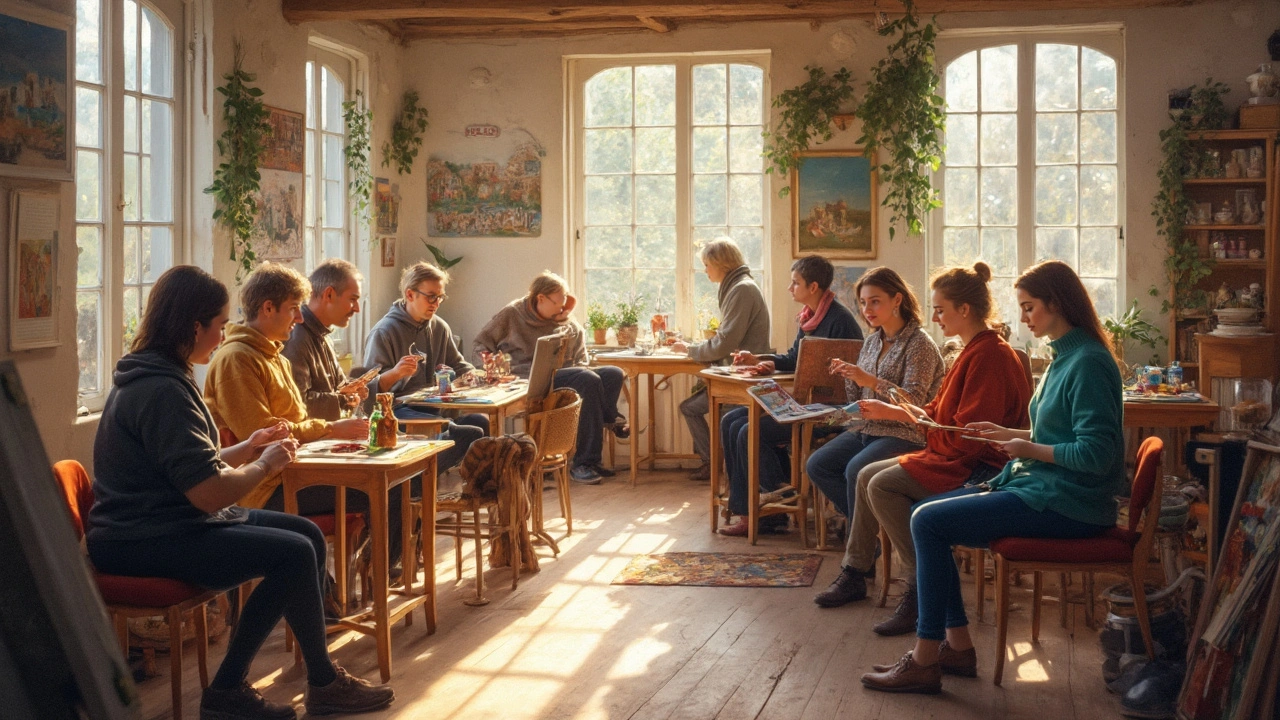
Creative arts therapies use art, music, dance, and drama to help people manage psychological disorders. This article looks at how these therapies can make a real difference for anxiety, depression, PTSD, and more. You'll find out how the process works, what science says, and get some useful tips for anyone interested in trying creative arts therapies. The focus is practical, clear, and based on real-world examples. Whether you're curious about new ways to support mental health or want to understand these therapies for yourself or a loved one, you'll get hands-on advice.
Read More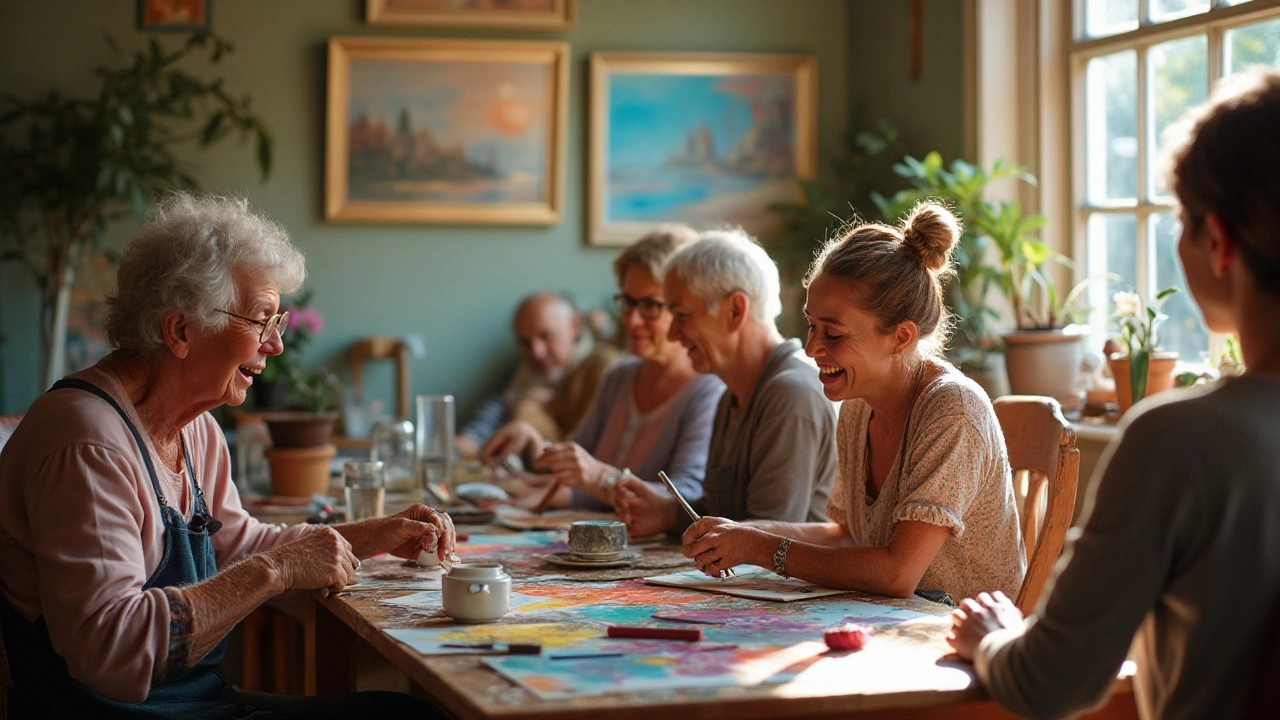
Creative arts therapies can provide transformative experiences by utilizing creativity for healing and empowerment. These therapies include modalities like art, music, dance, and drama, each offering unique paths to emotional wellness. By harnessing creativity, individuals can process complex emotions, develop self-awareness, and enhance mental health. Practical tips and insights on how to incorporate creative practices into daily life can lead to personal growth and empowerment.
Read More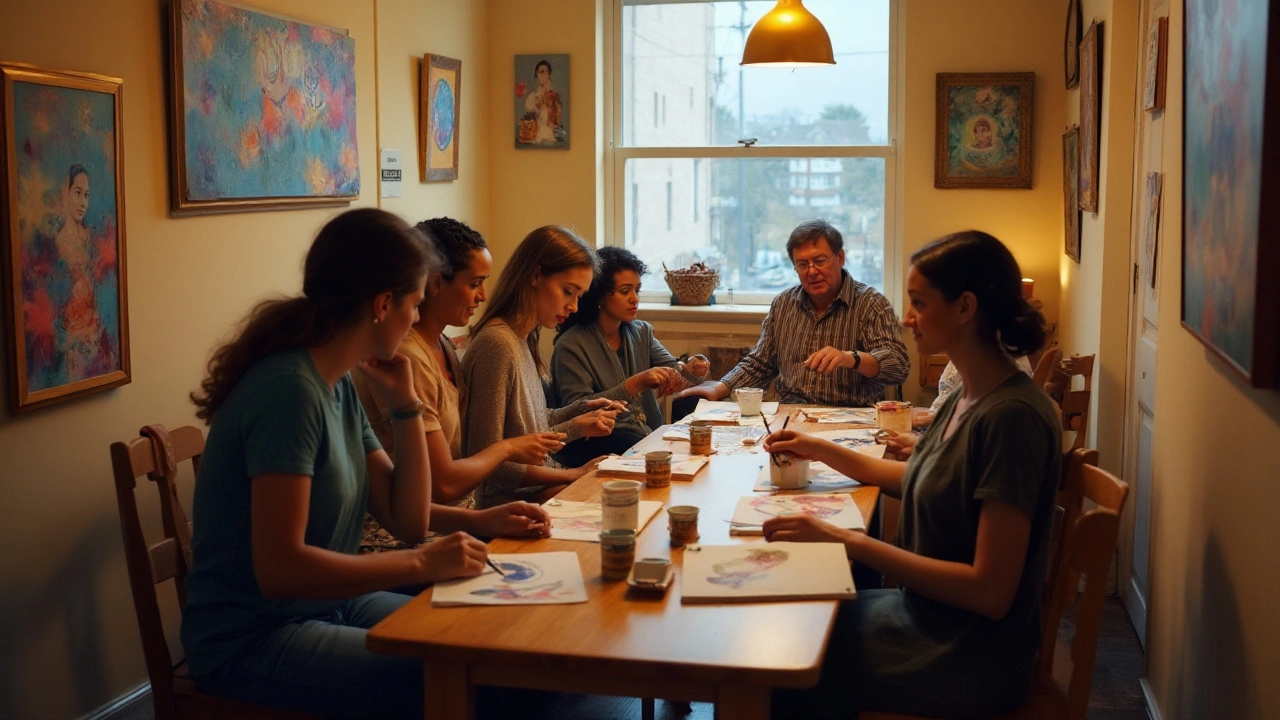
Creative Arts Therapies are gaining recognition as innovative approaches in holistic health care, offering mental and emotional healing through various expressive arts. By tapping into practices such as art, music, dance, and drama therapy, individuals can find renewed pathways to wellness. These therapies harness creativity in safe, nurturing environments, helping people explore thoughts and feelings that might be challenging to express otherwise. They are proving especially beneficial for mental health conditions, PTSD, and chronic illnesses, making them a valuable addition to traditional healthcare practices. In this article, we'll explore their history, benefits, methods, and the future potential of creative arts therapies.
Read More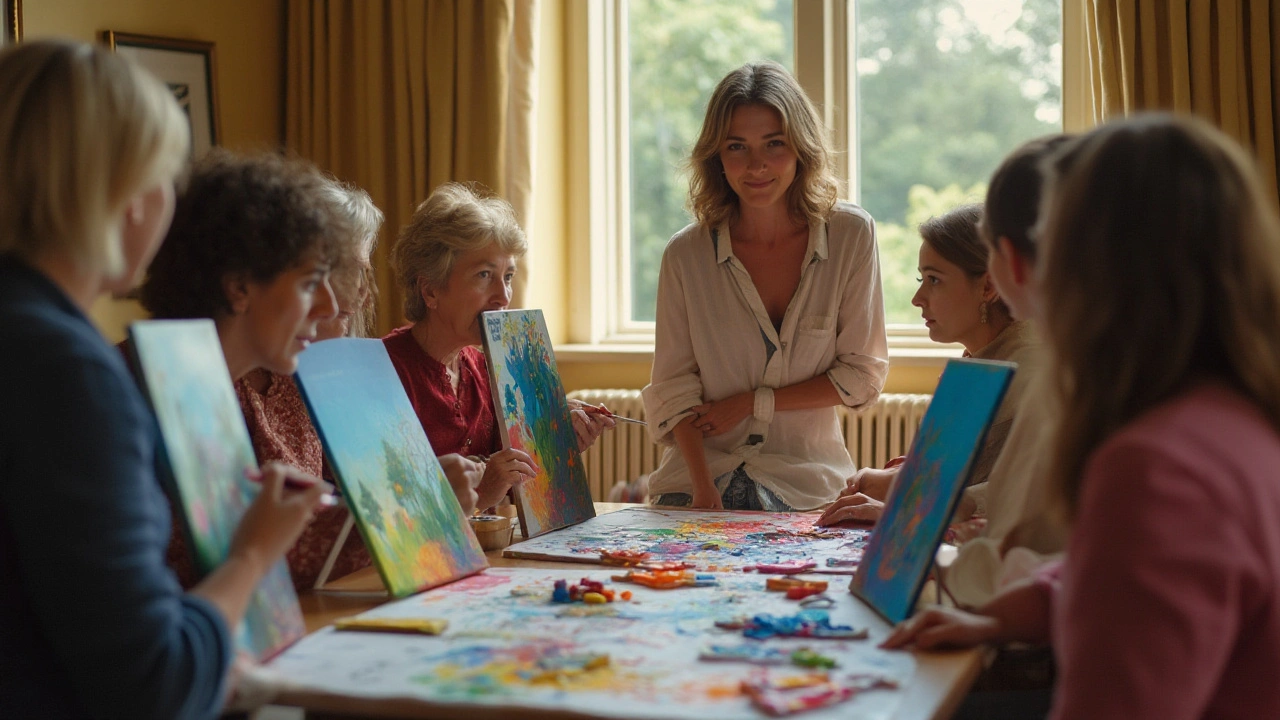
Creative arts therapies, encompassing music, art, dance, drama, and writing, offer new strategies for mental health treatment. By focusing on non-verbal expression, they provide diverse ways for individuals to explore emotions and trauma. The blending of traditional psychological methods with artistic approaches engages both the mind and the soul. Creative arts therapies have been gaining momentum for their effectiveness with children, the elderly, and those resistant to conventional methods.
Read More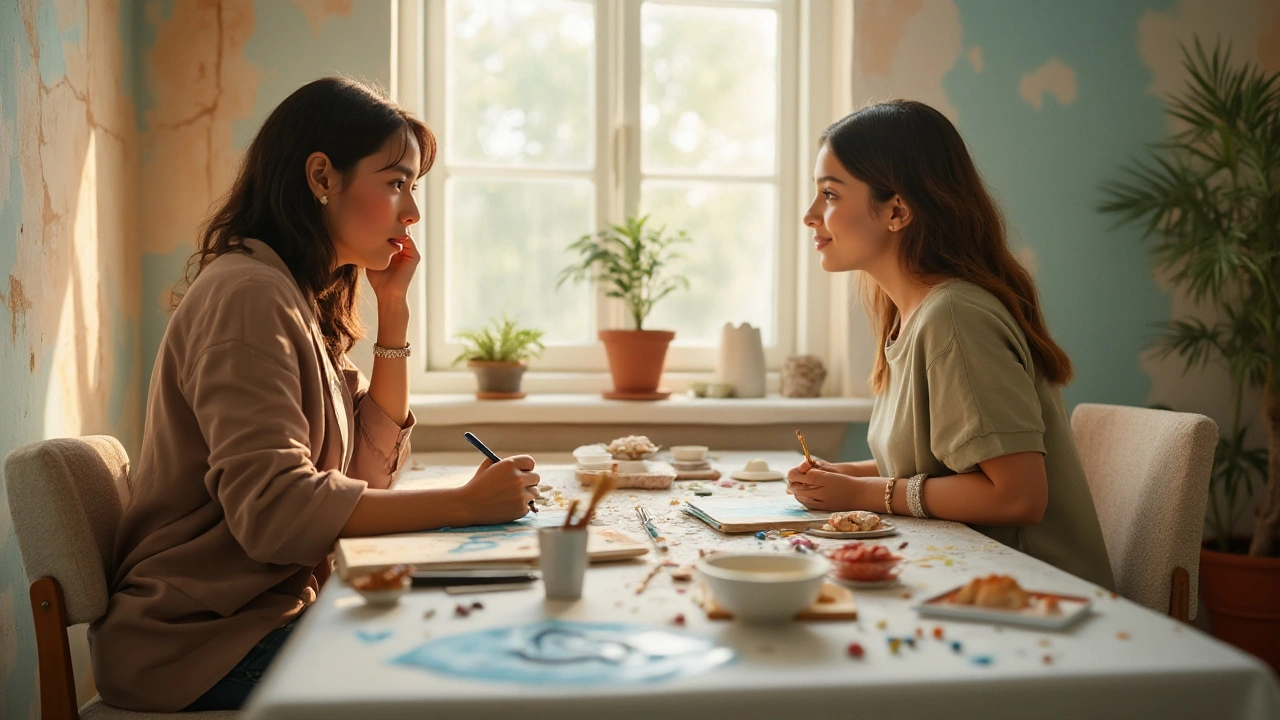
Creative Arts Therapies can unlock healing in ways traditional approaches may not. By using art, music, drama, and dance, these therapies tap into emotional and psychological relief and growth. This article delves into the unique benefits and methods of Creative Arts Therapies, offering insight into their profound impact on mental well-being.
Read More